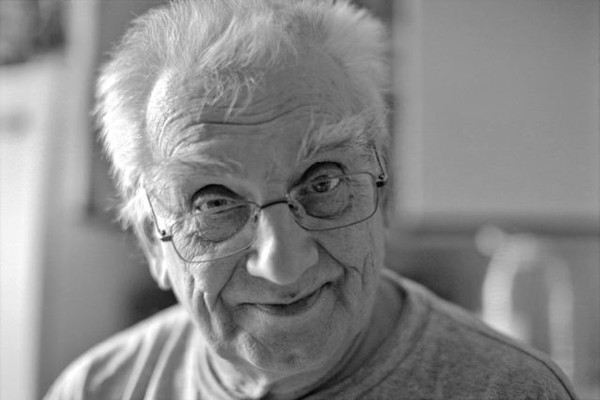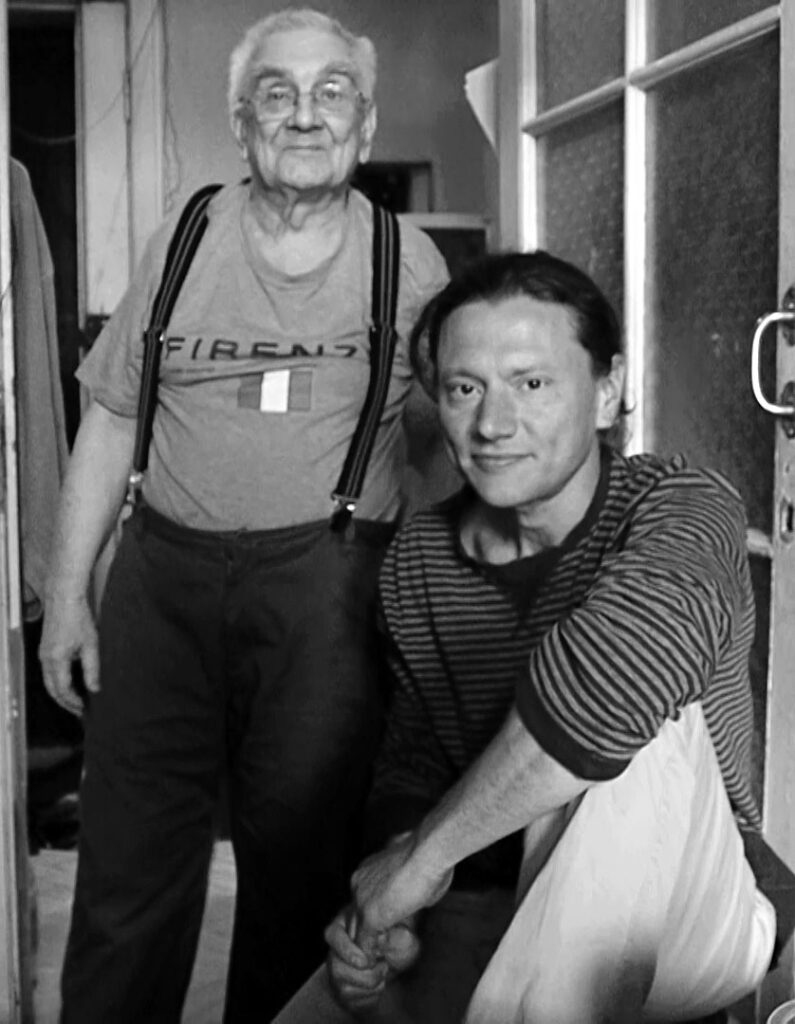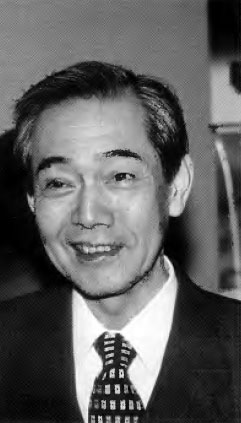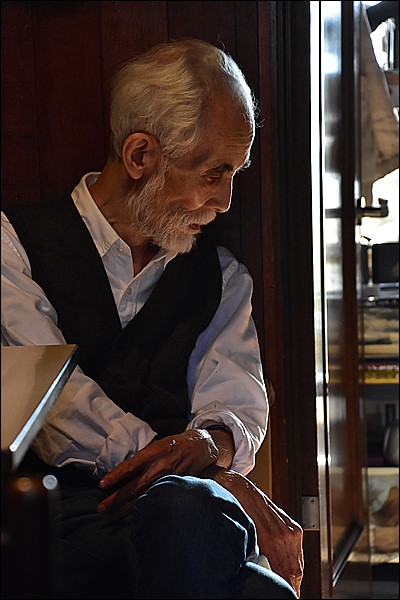Welcome to the Abbas esoteric audio website!
Before you decide to order one of my products, I would like to tell you a little about myself, how I see audio and its challenges today, and what I try to convey with my devices.
My audio journey began many years ago in my school years when I first picked up a soldering iron and tried to animate components to speak in a human voice or play music.
I had no traditional teachers: I built radios and electronic toys based on diagrams from taken books and magazines, guided by my native curiosity as a child. Later, I made a lot of devices based on vacuum tubes, although these were devices from the field of radio technology such as high-frequency amplifiers, receivers and transmitters. Regardless, from a young age the vacuum tube became a familiar and understandable element for me.
At the same time, I studied at a music school and music gradually became the biggest passion in my life. At the age of 12, I listened to Beethoven's symphonies and considered them the highest manifestation of human genius. At the age of 16, I discovered such the phenomenon of Mozart and found even higher spiritual spheres. This was followed by education in Bach, Haydn, Schubert, Tchaikovsky, Rachmaninoff, Brahms, Chopin, Richard Strauss, Shostakovich and many other composers. I have given many hours of my life to music. Thousands of LP records, CDs and live concerts remain in my memory. This is what inspires me so far and leads my passion to materialize great sound.
In the late 80s I made my first hi-fi amplifier, solid-state of course, as was the convention of that time. Then I was faced with a path between two serious professions: music and electronics. These two directions have been intertwined and changing over the years.
As a student at the Conservatory, I continued to build vacuum tube amplifiers. While making amps, I continued to play the double bass. All this accumulated auditory experience has become useful to me in my current work. However, the advances in field of audio over the past few decades had left me dissatisfied. I wasn’t sure what to do, but I knew that what most people in this field were doing was going in the wrong direction. In 2006, I met Anatoly Markovich Likhnitsky (AML), and this meeting turned out to be fateful. Lihnitsky is a renown audio engineer involved in the development of several prominent Soviet-era hi-fi electronics. You may read more about him and his philosophy at:http://www.aml.spb.ru/

From the moment I heard AML’s audio system (a Mengelberg recording of J. S. Bach's "Matthew Passion", 1938), it became clear to me which direction my audio journey needed to move. This experience was “music come to life”, in the exact meaning of the phrase, and what I had been looking for in my previous experiments for years.
Of course, I had read the articles of the famous engineer AML long before this meeting. I even built a RIAA preamplifier according to one of his schemes, but nothing can replace live communication with an extraordinary person and direct impressions of listening to his unique audio system. As a result, Anatoly Markovich became my first mentor in the field of audio. We continued to correspond and exchange information for eight long years, until his passing in 2013.
This communication laid a solid foundation for my audio journey and left an indefinite mark on my memory. There are not many people with this scale of spirit on our planet.
One of the most dedicated followers of Anatoly Markovich in Russia is an individual named Anton Stepichev, whose deep work in the field of audio has also influenced my methods. I use Anton's contour system for mounting components within a device, which allows harmonizing at a much higher level. In general, Anton's research in the field of material orientation has no analogues in the world and deserves the closest attention. You can read more about his philosophy on his website:

Finally, I cannot ignore the great Japanese giants: Kondo and Sakuma, who are also extremely close to me in spirit. Kondo for his love of classical music and burning desire to convey the inner-most meaning of music. Sakuma for his freedom of thought, unconventional and bold approaches, and absolute independence from the authority of other masters or traditionally established audio dogma. The Japanese approach to audio is distinguished by thoroughness, thoughtfulness of details and a sense of harmony that many other schools of audio design lack. The successors of Kondo idea’s in the West today are the company Audio Note UK, whose designer Andy Grove was also a valuable source of information for me.


Many years have passed, and today I also have my own followers. First, the creative author of SW1X Audio Design in the UK, Dr. Slava, who uses (with my consent) many of my circuit solutions (tube DEM clock generator, germanium I/U converters, germanium voltage stabilizers, among others) and PCBs of my design.
Now the most interesting part of our story, which is directly related to my methodology and ideas about the processes occurring in materials. Back in 2006 when I met AML, it suddenly became clear to me that in audio we are dealing with certain phenomena that exist completely outside of our established materialistic ideas about the world. AML first suggested that we perceive (hear) something that is not present in the physical signal. These "subtle" energies accompany gross physical phenomena such as electric currents and magnetic fields. Somehow, they can even be recorded on analog or digital media. In this sense, each (vinyl, CD, tape) phonogram has a kind of energy matrix that gradually degrades as the number of rewrites or subsequent copies increases. . ᅠ
At the same time, the materials that we use to create audio equipment contain individual energy imprints of time, epoch, country and people. Every wire, every element of the audio system has its own temper, especially if it is a vintage part. That is why there is such an interesting phenomenon as "vintage sound". We feel the aroma of the 30s when we listen to an old tube receiver, we hear the spirit of the rebellious 60s when we turn on a germanium amplifier, we perfectly distinguish Philips and Telefunken tubes, we distinguish America during the great depression from Germany during the Third Reich, and Soviet products from the English school of sound. And no circuitry does not affect the imprint of the country and era. The aesthetic component of sound does not fall under any materialistic theory. None of the scientists can explain how this occurs, persists, and is transmitted. It follows that it is necessary to recognize the existence of another energy-informational flow over the physical signal, as well as the ability of materials to absorb these energies and preserve them in themselves, as amber preserves a fly of the Cretaceous period. These prints are available to us in the auditory senses.
You may ask, what are the grounds for accepting this almost fantastical hypothesis about the existence of subtle energies? Isn't everything in the world the result of purely chemical and physical (i.e., material) processes? True, this is what we have been forced to think for many years, especially when the triumph of conventional science overshadowed common sense and confidence in our own perception. However, I would like to offer sobering thoughts to the most ardent fans of a purely materialistic explanation of everything: science still does not know what a human being is, what constitutes consciousness, what constitutes life or how music is perceived by humans.
Where can we find answers to these questions? Perhaps we should recall that many Eastern practices that operate with absolutely "un-scientific" concepts of prana, qi, and ether have long attempted to give answers to these questions. And the answer is based on practice, not theory! I will try to present this concept very briefly.
A human being is a complex system of subtle energy bodies, each embedded in one another. These subtle bodies are connected to the universal field of consciousness through chakras, or energy centers. These energy centers are responsible for experiencing emotions, higher emotions, complex feelings, and unusual conditions of mind.
Our entire structure is like that of a multi-band receiver with individual characteristics that responds to certain types of vibrations while remaining indifferent to others. This is also why we are so selective about music; we tend to listen to music that matches our most active energy centers, something that can vary over a lifetime or just a day!
Our mind, through the system of subtle bodies, also perceives a certain "energy- informational" radiation from objects and things (such as electronic components), which becomes available to almost everyone in the form of auditory impressions. These sensations affect many aspects of sound, but especially its emotional and aesthetic components. These material properties may correspond to the transmitted music, or they may be dissonant with it.
For example: American & European tubes, phono cartridges and other electronic parts from the 1930s are found to perfectly reproduce classical music. These nuances should also be considered when building audio equipment. All the above is the starting point in my search for optimal solutions to transmit and play back recorded music. Is there any truth to any of this - my customers will answer!` There is one last thing I would like to say. The impact of music on the human psyche has remained a mystery for centuries. After all, science does not know where the highest manifestations of the human spirit come from. Why does one musical score make us experience catharsis while another leaves us indifferent; although the notes, motives, structure, and time of writing can be very similar. Where do joy, sorrow, inspiration, love, bliss, and delight hide in sounds? Physically, for a spectrum analyzer, all music is more or less ordered noise, and computer analysis cannot allow you to tell the difference between an amateur and an artisan. But we as listeners, viewers and readers know from our experience that there is a mysterious substance that appears in the form of inspiration, materializes in works of art, and makes us tremble with delight. The music starts to glow from within us, and for a while we become different people.
This is something that accompanies an inspired performance and can be recorded and played back, even with the cumulative losses of the recording and playback paths. Something that has no strict definition, but it is the only thing that makes music live, exciting, and meaningful!
It took me years of immersion in my craft, music, and other related fields to expand my understanding of the subject. To consider and incorporate into my work these extraordinary phenomena are what allows contacting the consciousness of long- dead performers through recorded audio.
You can familiarize yourself with some of the techniques that I use in my practice right now by going to the "Technologies" section of the site.
